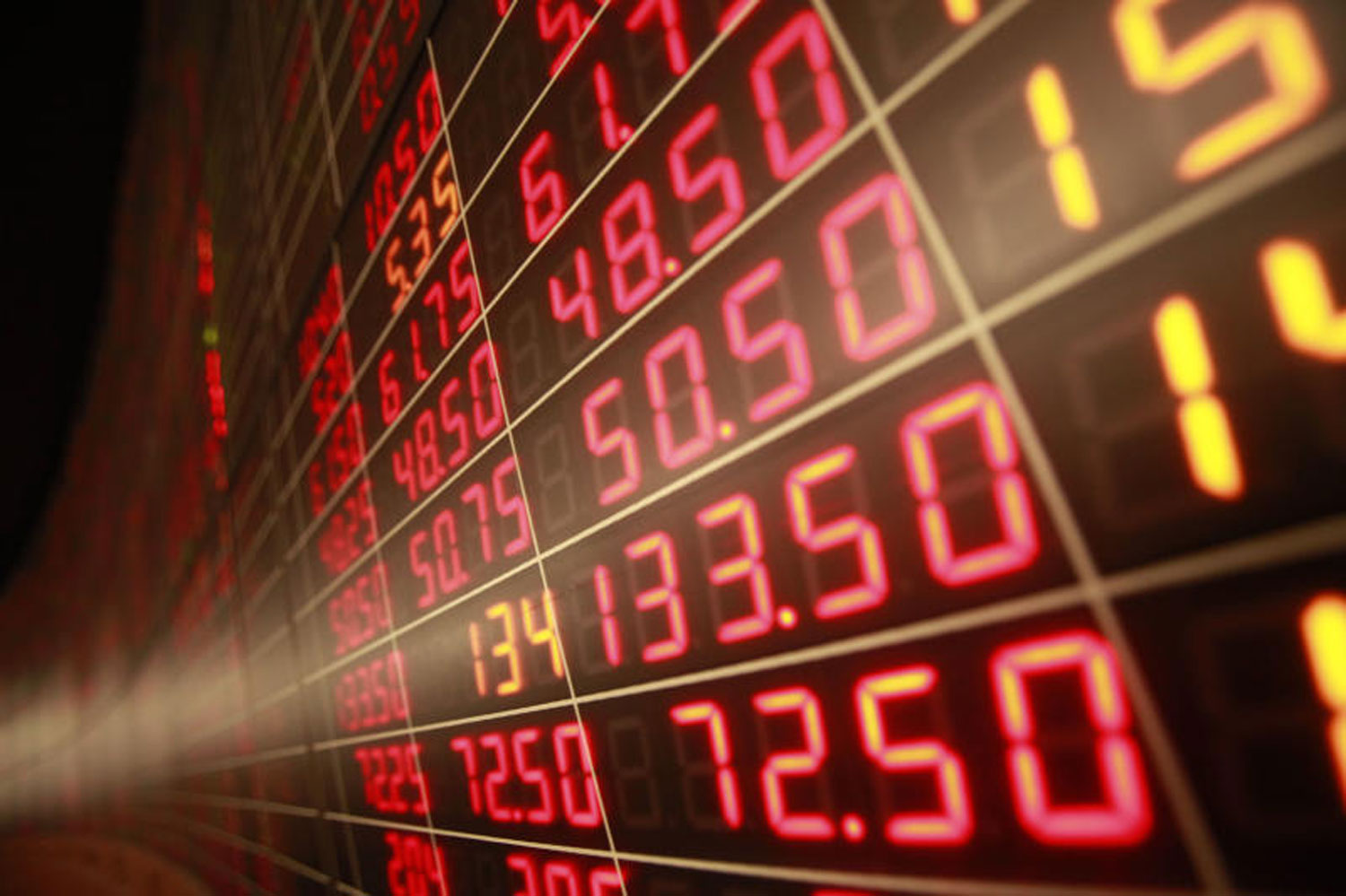
The global economy and investment climate have been quite volatile this month. Most economic figures have begun to show signs of slowing down, while events that affect investment have been mostly negative.
In the US, key indicators are rising but at a slower pace. Retail sales, for example, were up slightly from the previous month, but annualised growth of just 1.6% suggests consumers are starting to grow more cautious. This is in line with slowing industrial production and durable goods orders.
In addition, we believe that financial sector risks, especially the liquidity squeeze, will affect the US economy negatively in the near future. A recent Federal Reserve survey of senior loan officers found that lending standards of US banks are close to critical levels. Another report on financial stability stated that bank runs are causing a continuous liquidity squeeze at regional banks, hence the tightening of credit standards. The resulting credit crunch will hurt the economy going forward.
As for US inflation, it is slowing but the April CPI reading of 4.9% was still too high in the view of some Fed officials. Chairman Jerome Powell earlier suggested that the central bank could pause at its June 13-14 meeting, but more hawkish comments from other officials suggest one more rate hike is possible. This would negatively impact the economic and investment picture.
In China, meanwhile April manufacturing production, retail sales and fixed asset investment all grew less than expected. This has led many to believe that Chinese authorities will further ease fiscal and monetary policy to try to jump-start the economy.
And while the People's Bank of China (PBOC) has signalled it may not cut interest rates in the near term, it might reduce the commercial bank reserve requirements instead. In our view, the Chinese recovery is weaker than many expected it would be. This is reflected in weak import growth and very low inflation.
In addition, deposit growth is still higher than credit growth, implying that Chinese people would prefer to save instead of consume at the moment.
However, we believe that spending will start to pick up in the near term, and that the Chinese economy will end up growing by 5.3% to 5.7% this year.
GERMANY SLOWS DOWN
Europe's biggest economy, Germany, is officially in recession, after two consecutive quarters of GDP contraction.
The closely watched ZEW consumer sentiment index for May dropped sharply to -10.7 from +4.1 in April, while industrial production shrank 3.4% from the previous month.
However, Japan was one of the most promising performers in the world in the first quarter. This reflected the government opening up the economy more, especially to tourists. The result was more private consumption that helped contribute to 1.3% GDP growth in the quarter to March 31.
In addition, rising inflation (implying more pricing power) and a weak yen helped make Japanese companies more profitable.
These hopeful signs pushed the Nikkei 225 stock index to a 33-year high last week, up 18% so far this year on the back of a weaker yen and better corporate governance. Purchases of shares in Japanese firms by legendary investor Warren Buffett's Berkshire Hathaway also lifted confidence.
We believe if Japanese government policies continue to support economic growth while monetary policy is not too tight, Japanese stocks will continue to be attractive.
Back in Washington, attention is focused on negotiations to increase the public debt ceiling. Talks have been productive, according to President Joe Biden and House Speaker Kevin McCarthy, and a resolution could arrive over the weekend.
But the ratings agency Fitch isn't holding its breath -- it just downgraded its outlook on US sovereign debt based on the extreme partisanship of the two political parties.
The Republicans say they will approve a higher debt ceiling only if the Democrats agree to cuts in social programmes that they latter maintain are untouchable. Failure to reach a deal by by June 1 could result in a default on debt payments. The uncertainty has caused bond yields to bounce and the dollar to appreciate rapidly.
EXPORTS A DRAG
In Thailand, first-quarter economic growth was a relatively healthy 2.7%, higher than the market consensus of 2.3%, supported by private consumption and tourism. But weak merchandise exports remain a major drag on the economy, shrinking 6.2% year-on-year amid a slowdown in the global economy and trade.
Looking forward, we see three important risks that need to be monitored:
- Uncertainty during the formation of the new Thai government, which could delay budget preparation by one or two quarters;
- Global financial stability, especially in the US. The debt ceiling and the health of regional banks may affect the economy and investment and spill over into the wider world economy;
- A drought that may occur in the second half of the year and affect agricultural output.
- Given the higher level of economic and investment risks in Thailand, InnovestX strategists recommend investing mainly in offshore stocks, namely:
- Passive stocks with high pricing power, especially beverage-related firms such as Coke and Pepsi;
- AI-related stocks with a focus on long-term growth and high demand such as Microsoft, TSMC and Nvidia;
- Chinese stocks that have hood recovery prospects and cheap valuations, as they start to benefit from the reopening the country and infrastructure policies. Picks include Yum China, Sands China, Trip.com, CATL, Longi and Sungrow;
- European stocks in which investors park money from the US market, focusing on good growth, low volatility and strong balance sheets such as ASML, Roche, Nestle, LVHM and SAP;
- Large Japanese firms whose operating profit margins outperform peers, with good revenue growth and low debt, such as Fast Retailing.
Good luck to all investors.
Dr Piyasak Manason heads the Wealth Research Department at InnovestX Securities Co Ltd
